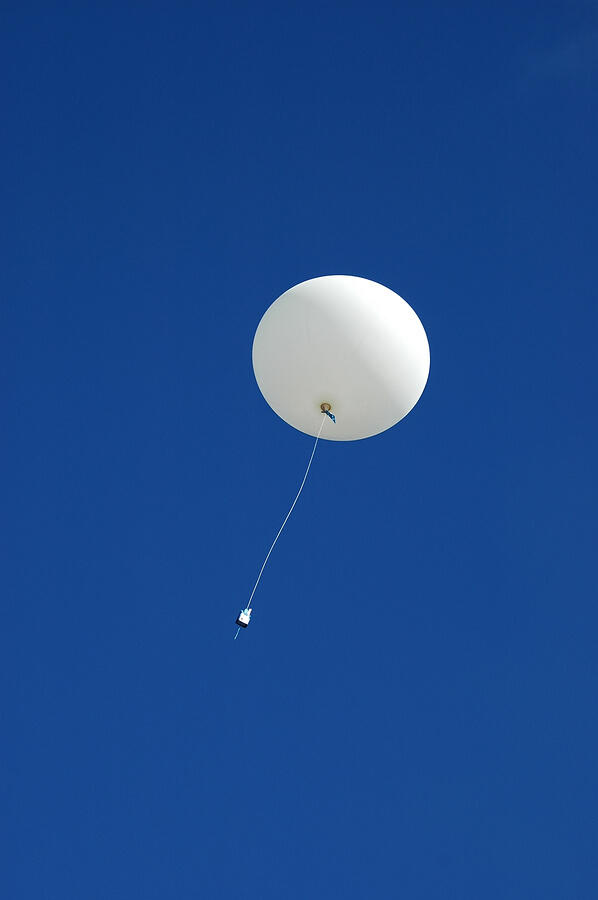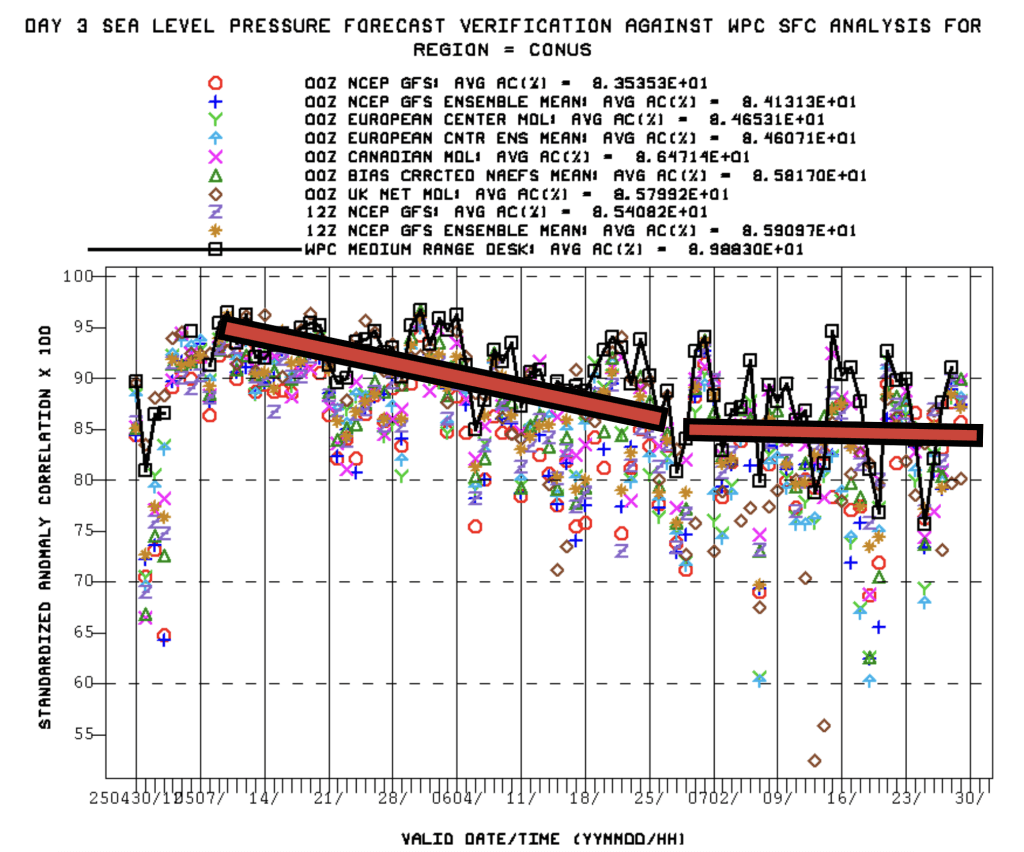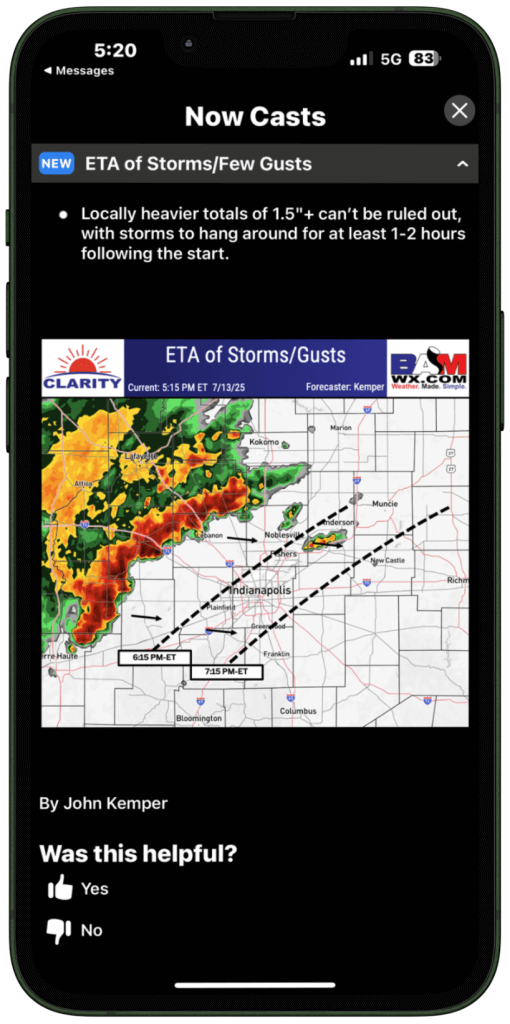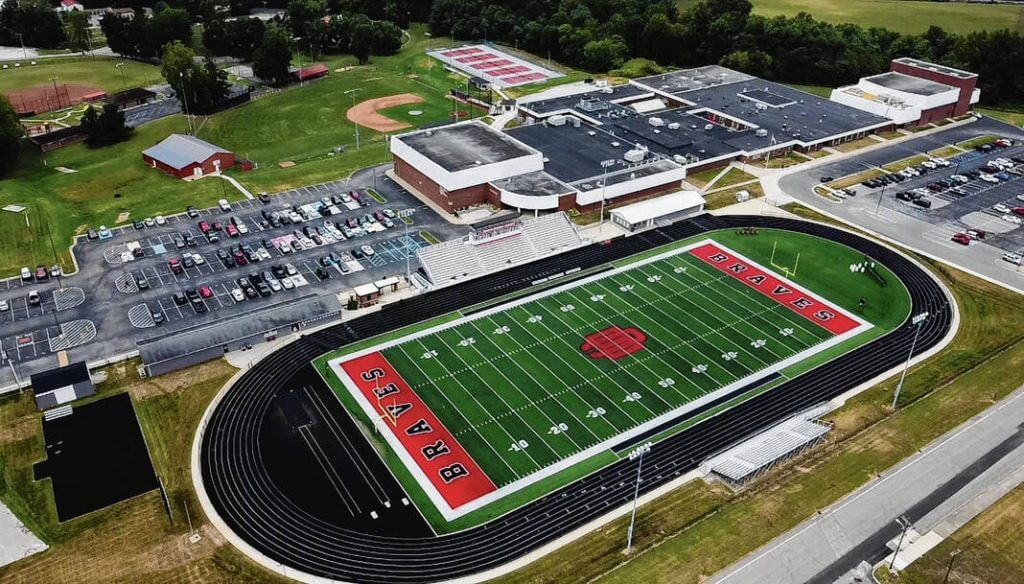Proposed and ongoing cuts to the National Oceanic and Atmospheric Administration (NOAA) have prompted widespread uncertainty among consumers of weather forecasts about the reliability of weather data. In 2025 alone, NOAA has fired hundreds of employees as a result of budget cuts with half of the National Weather Service offices experiencing 20% vacancy rates as of April.
While the vacancies have led to concerns about the timeliness and effectiveness of alerts from National Weather Service offices during times of inclement weather, cuts to research and weather balloon launches have prompted more immediate concerns of lowering accuracy of weather model data on a broader scale. 
Weather balloon launches fill a critical gap between satellite and radar data in the middle part of the atmosphere. The observational data they report is ingested directly into weather models to improve the accuracy of their initial starting points. The closer to reality these models are to start, the more likely they are to remain more accurate throughout their forecast run (which varies from 18 hours for the highest resolution data to 384 hours for global model data).
 However, while balloon launches are certainly critical, it was uncertain at first how much cuts would actually affect weather model accuracy. The loss of balloon data out of Omaha, NE and Rapid City, SD along with lowered frequency of launches at various other US cities, does seem to have resulted in a downward trend in forecast accuracy. While more verifications will need to take place to concretely determine whether this is a long-term trend or the result of an unusually humid and active summer pattern, the trend is no doubt concerning for forecasters.
However, while balloon launches are certainly critical, it was uncertain at first how much cuts would actually affect weather model accuracy. The loss of balloon data out of Omaha, NE and Rapid City, SD along with lowered frequency of launches at various other US cities, does seem to have resulted in a downward trend in forecast accuracy. While more verifications will need to take place to concretely determine whether this is a long-term trend or the result of an unusually humid and active summer pattern, the trend is no doubt concerning for forecasters.
The bottom line is this: while weather model forecast accuracy is still good at roughly 85 – 90% accuracy this summer, it is not as good as it was earlier this spring. This does give some merit to concerns about the reliability of weather model data.
With that in mind, it will become more important to rely not solely on automated weather data mass produced by some organizations and free weather apps, but on human generated forecasts. Meteorologists have the capability and training to improve upon weather model data through a deep understanding of meteorological dynamics and weather model biases. The knowledge and analytical capabilities of experts in the field remain superior to weather model guidance alone.
 With the trend in verification accuracy, businesses and organizations reliant on automated data generated from weather model guidance may find this method insufficient to accommodate their needs moving forward. To address this concern, BAMWX’s Clarity platform not only gives meteorologists the unique ability to enhance weather data, but provide custom insights to improve upon weather model forecasts. This method gives end users actionable information for multiple different forecast lengths. In addition, during the most critical periods in the hours leading up to the arrival of impactful weather, Clarity has the ability to send timing, impacts and radar analysis directly to users of any level (from personal to business) without the need for weather model guidance. These “nowcasts” rely on a deep understanding of atmospheric conditions and won’t be impacted by cuts to weather model data ingestion.
With the trend in verification accuracy, businesses and organizations reliant on automated data generated from weather model guidance may find this method insufficient to accommodate their needs moving forward. To address this concern, BAMWX’s Clarity platform not only gives meteorologists the unique ability to enhance weather data, but provide custom insights to improve upon weather model forecasts. This method gives end users actionable information for multiple different forecast lengths. In addition, during the most critical periods in the hours leading up to the arrival of impactful weather, Clarity has the ability to send timing, impacts and radar analysis directly to users of any level (from personal to business) without the need for weather model guidance. These “nowcasts” rely on a deep understanding of atmospheric conditions and won’t be impacted by cuts to weather model data ingestion.
Most importantly, the one on one communication between expert meteorologists and decision makers provides a more personalized and complete weather forecast to users that data alone simply cannot provide.
In a time of great uncertainty surrounding weather models and automated data accuracy and reliability, the human touch on weather forecasts is a critical piece to amplify safety and preparation for impactful weather and it’s ultimately why Clarity’s custom forecast products boast a 99% satisfaction rate.
To learn more about how Clarity can help tackle uncertainty surrounding the reliability of weather data due to proposed cuts, click here: bamwx.com/claritypackages.


